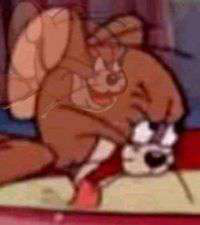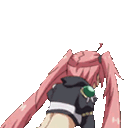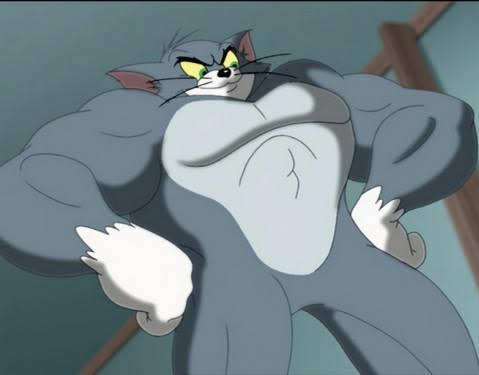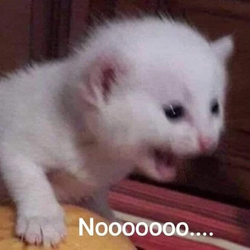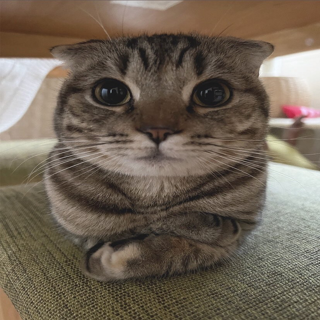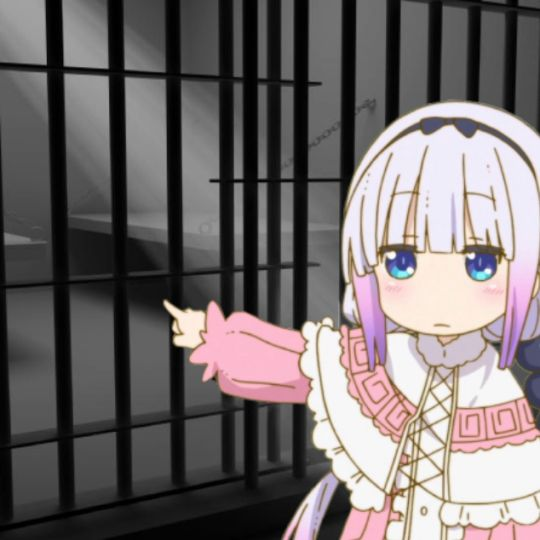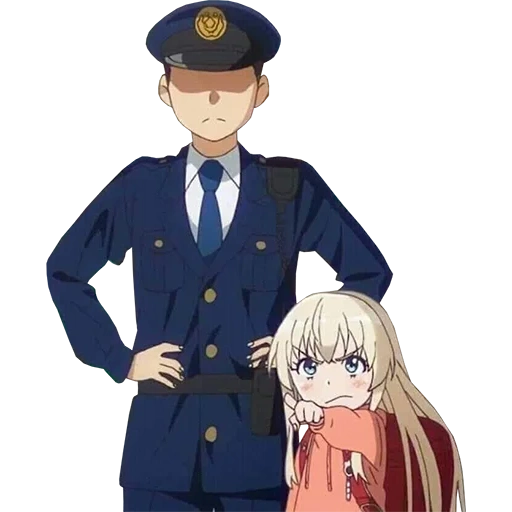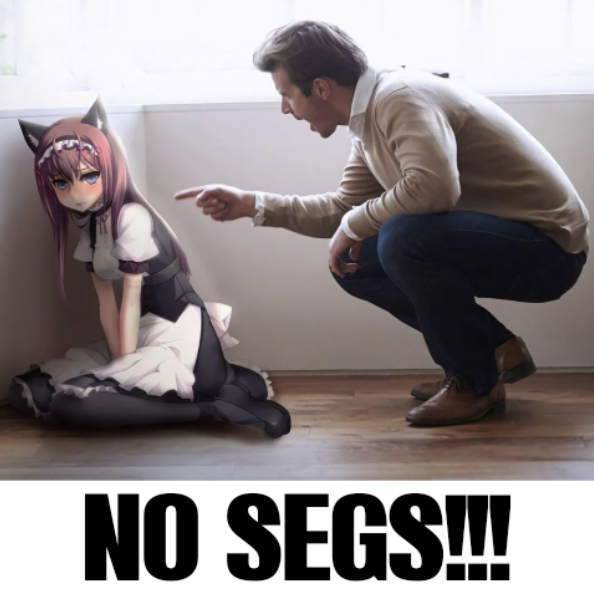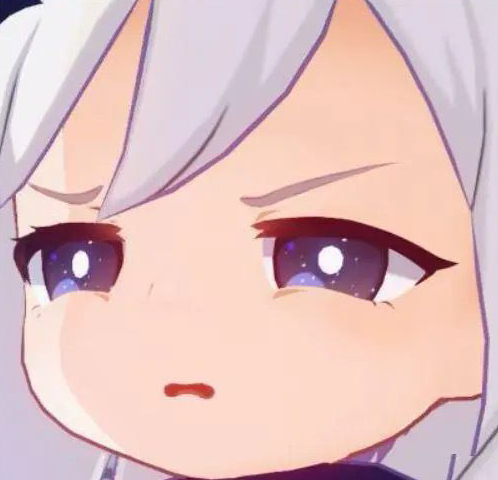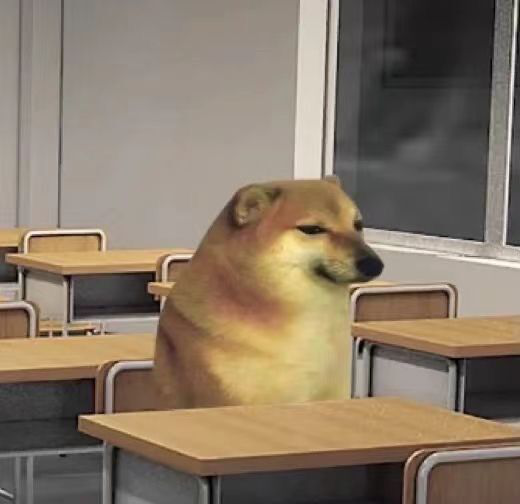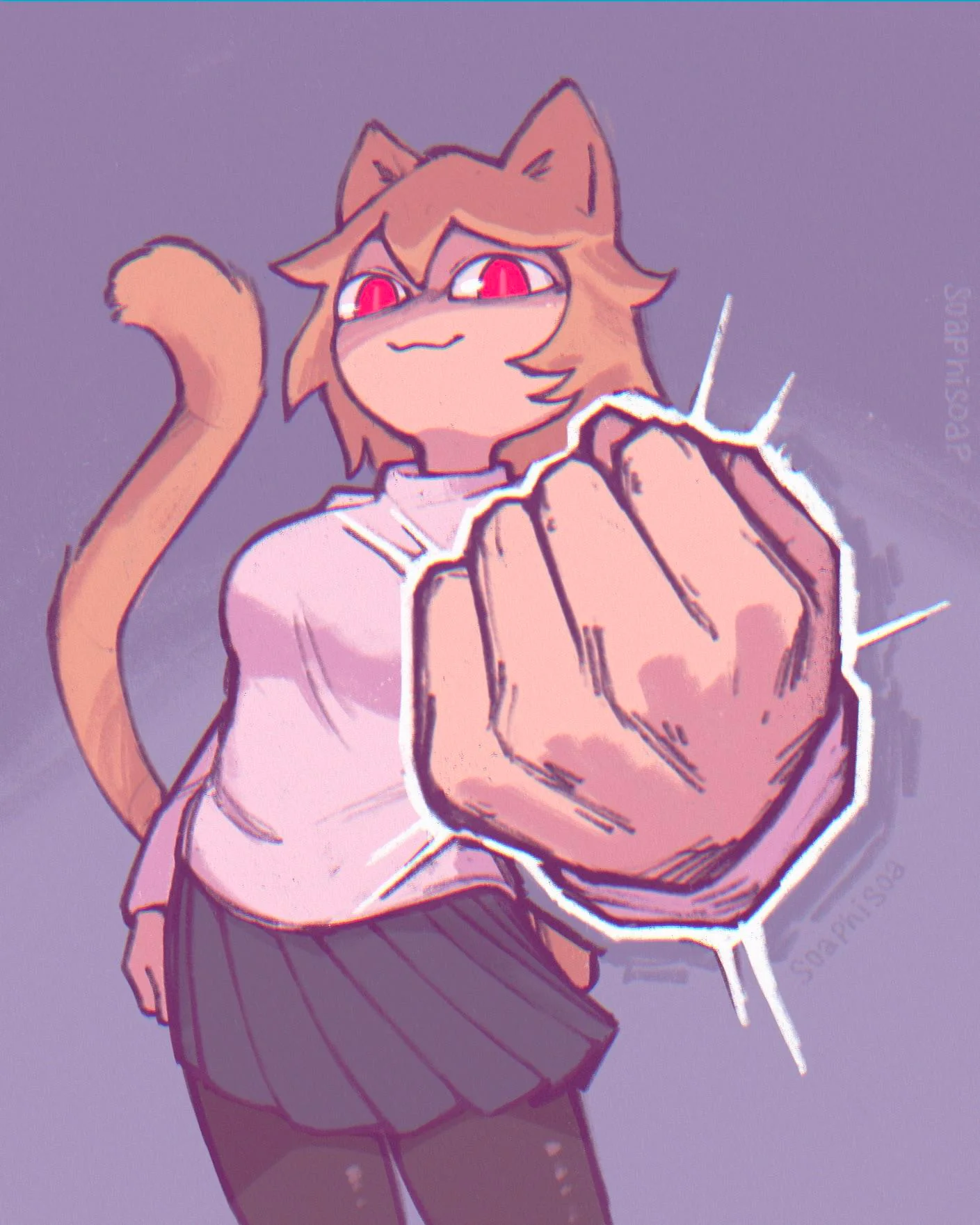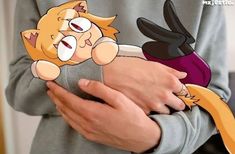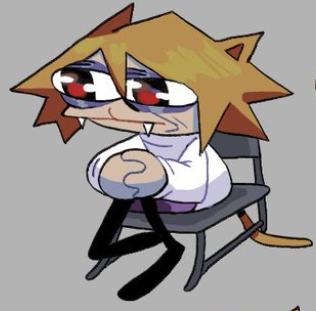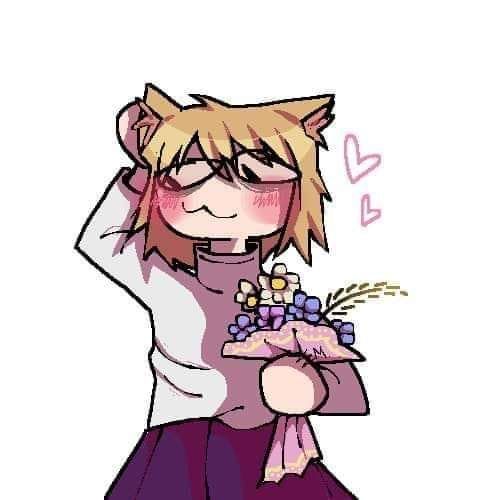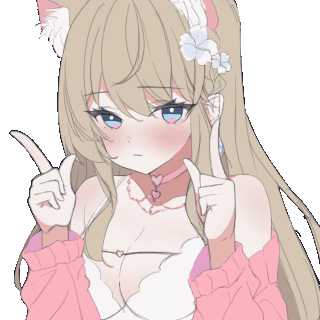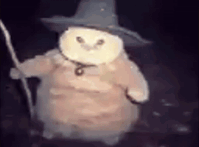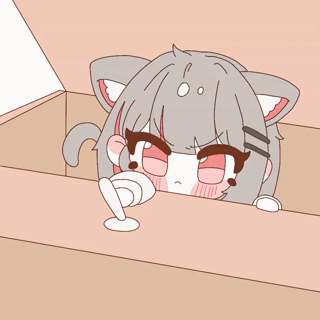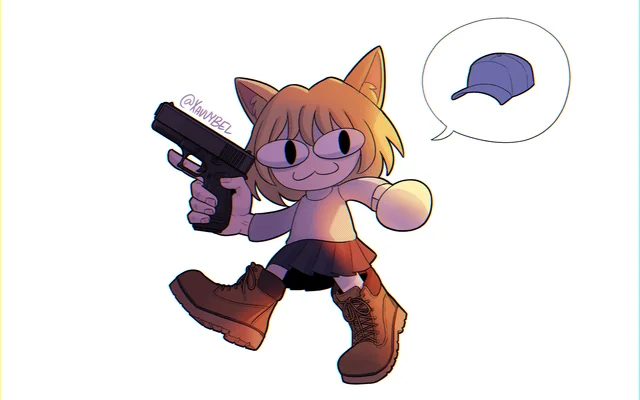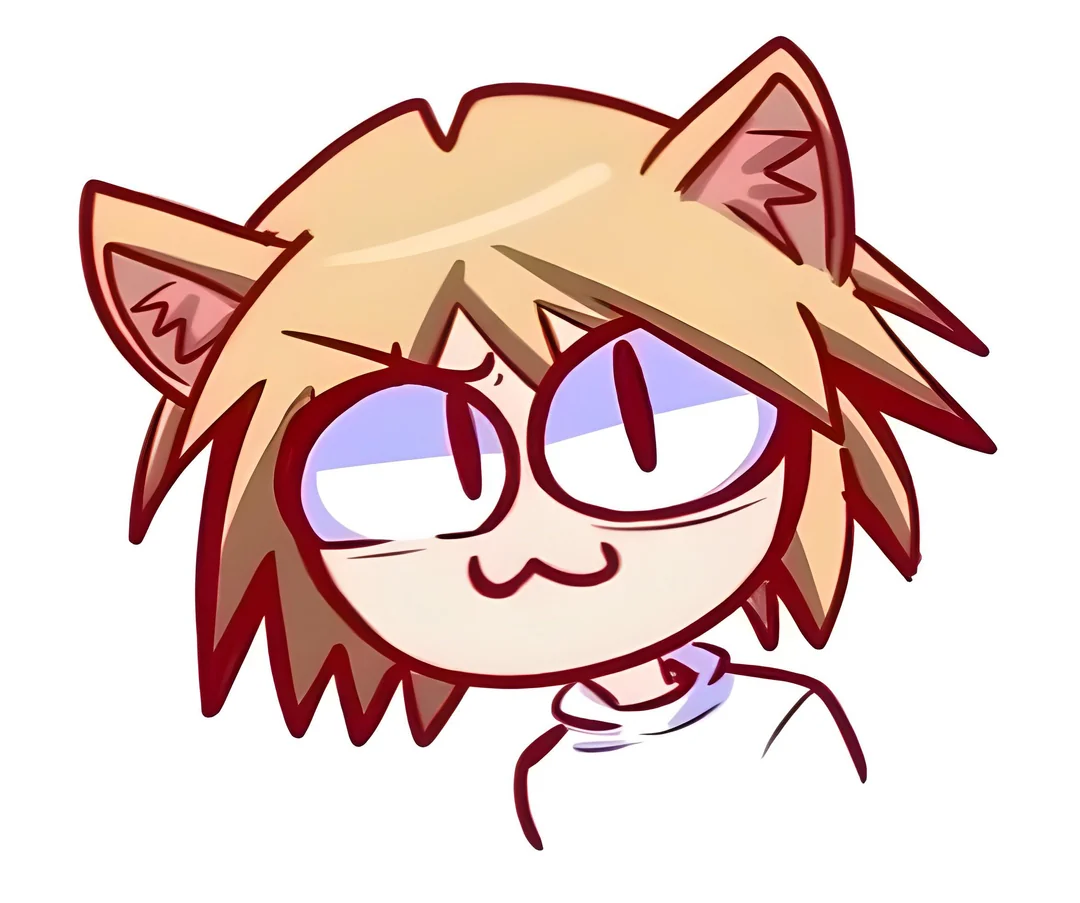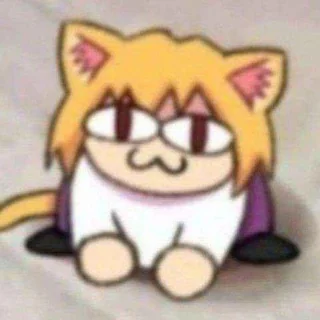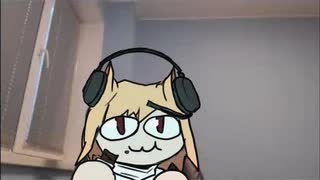Abandoned in the mountains, I was adopted by a lizard ~I mastered magic and surpassed my parents, but I didn't know they were legendary ancient dragons~ - Chapter 16
Chapter 16 Potion class
The next day.
I woke up at 7:30 AM to get ready for school.
I had to wake up at this ungodly hour because I had a compulsory class first period that was a real drag. Who on earth came up with this schedule?
With my spirits not exactly high, I trudged heavily towards the classroom. Today’s first period was a class on potion brewing.
“Today’s lesson will have you experience the basics of potion brewing by making what is said to be the simplest potion in the world.”
As expected, the difficulty level was lowered since it was the initial orientation.
“Today, you’ll be making a potion using Aarl grass. This potion can heal minor wounds but has a significant intoxicating side effect, so it’s not commonly used nowadays.”
As he explained, the teacher handed out bundles of Aarl grass to everyone. It seemed like a tutorial task, focusing on making a simple potion regardless of its practicality.
“Once your potion is complete, feed it to this rat. If its wounds heal, you’ve successfully brewed the potion.”
The teacher also distributed caged rats with minor injuries to each student.
“The instructions are at the very beginning of your textbook. Now, begin!”
With the teacher’s signal, everyone started making their potions simultaneously.
The process was simple: simmer the herbs while infusing them with a specific magic, then strain the mixture. That’s it. Truly straightforward.
Following the steps, I put the herbs into a pot of water and set it to boil. While it was simmering and I had some time to kill, I decided to investigate why this potion had such strong side effects.
Using various methods, including microscopic magic, I examined the herbs and identified their characteristics. Before long, I had a pretty clear idea of the cause.
—Optical isomers.
The active ingredient in this potion is a single compound. However, this single compound exists in two forms: one with a normal crystal structure and one with a mirror-image crystal structure.
Though nearly identical, the normal and mirror-image structures have entirely different pharmacological effects. The normal structure heals wounds, while the mirror-image structure causes intoxication. Thus, this potion is known as “a potion that heals wounds but causes intoxication as a side effect.”
However, by removing the mirror-image form, you can create a potion that only heals wounds.
After infusing the boiled potion with magic and filtering it, I used a molecular separation spell to isolate the optical isomers.
I administered the wound-healing component to the injured rat, and it healed and became energetic.
Looking around, I saw my classmates’ rats stumbling drunkenly in their cages, while my rat remained calm and composed. My hypothesis was correct.
Satisfied with my discovery, the teacher happened to come by at that moment. Seeing my rat, he asked curiously,
“The wound is healed. But why is your rat so calm?”
He was clearly intrigued by the rat’s behavior.
“I separated the wound-healing component from the intoxicating component and only gave the rat the wound-healing part.”
“What do you mean? This potion should only have one active ingredient.”
“Technically, that’s not true. While the active ingredient is a single molecule, its structure differs.”
As I explained, I used storage magic to produce paper and a pen and drew the two molecular structures: the normal and mirror-image structures.
“They are the same molecule, but these two are mirror images of each other. This difference leads to different pharmacological effects. This one heals wounds, and this one causes intoxication.”
After explaining about the optical isomers, I pointed to the contents of the pot.
“I separated them and only gave the rat the healing component. The pot contains the intoxicating component.”
The teacher, wide-eyed, murmured,
“So that’s it… I never imagined this potion had such a secret. This is a groundbreaking discovery for the field of potion brewing!”
…Is it really that big of a deal? Even if it’s practical now, it’s still just a potion for minor injuries, not something that can regenerate lost limbs, and there are other alternatives. I don’t see it shaking up the field that much.
“By the way, you said the other part causes intoxication, right? I’d like to see if that’s really the case, so could you try giving it to the rat?”
“…Sure.”
I gave the remaining potion to my rat, and it soon became intoxicated and started acting erratically.
“I see, this certainly seems to be the result of your separation…”
Of course it is. I didn’t cheat with any recovery magic.
The teacher watched the rat with great interest for a while. Then, suddenly struck by a thought, he asked,
“I have one question… Do you think the separation of the active ingredients could be mechanized with a magic tool?”
…That was unexpected. While it’s not impossible to perform molecular separation with a magic tool…
“It can be done, but why do you ask?”
“The main ingredient of this potion, Aarl grass, is actually much cheaper than the ingredients used in commercially available wound-healing potions. If a potion can be made from Aarl grass, the price of potions could be significantly reduced. If it seems feasible to create an industrial magic tool for this purpose, I’d like to introduce you to the president of a pharmaceutical company I know. What do you think?”
…I see, that’s a significant advantage. In that case, saying this could “revolutionize the field of potion brewing” isn’t an exaggeration.
Having a connection with a pharmaceutical company could also be useful for my future career.
“I’ll make it, so please do introduce me.”
I decided to create a molecular separation magic tool.






